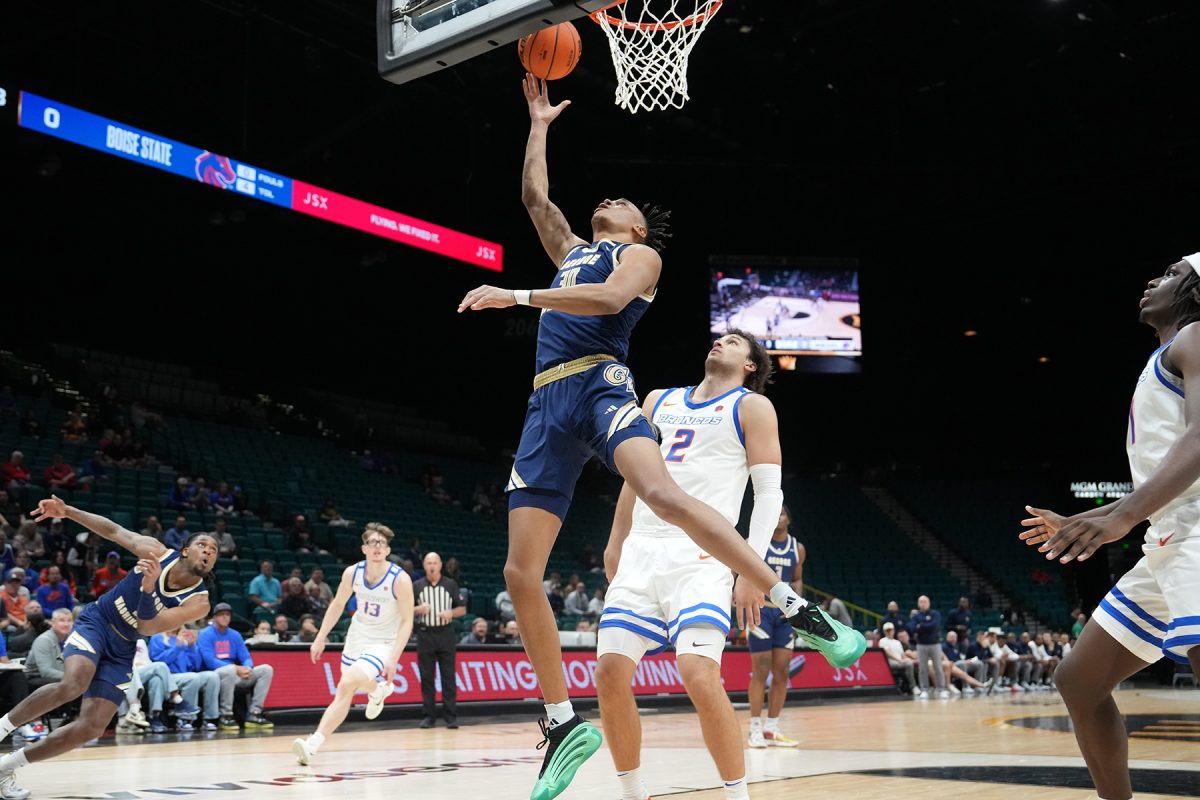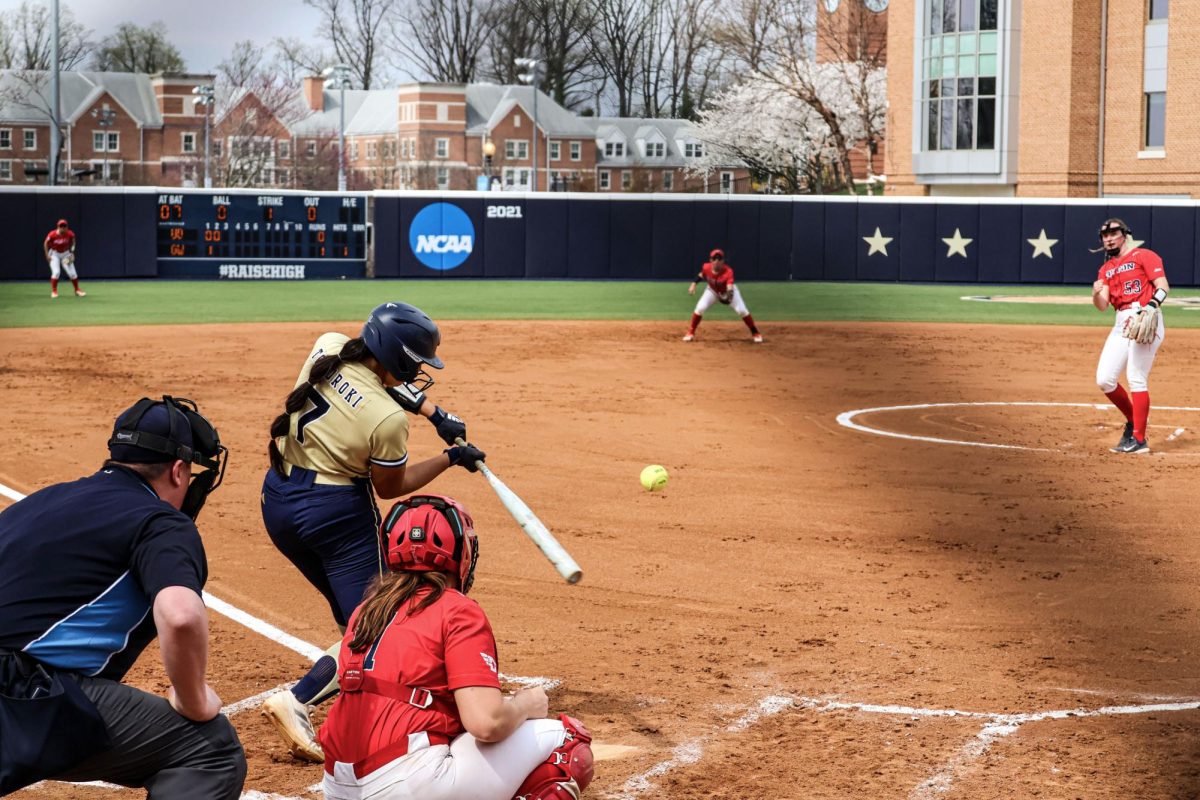Golf Digest recently released its 2007-2008 College Guide, in which it ranks the nation’s collegiate golf programs. What makes this notable is the ingenuity of the ranking system, which takes into account five categories: success of golf team, academics, facilities and coaches, the improvement of players over their collegiate careers and collegiate climate. The magazine then uses these standings to form three composite rankings, each with a different emphasis: golf first, academics first, and “balanced.” The system is designed to supply student-athletes with a series of strata to fit their particular situation. A golfer who is looking at collegiate golf as a stepping stone to the PGA Tour would look at golf-first schools while an aspiring astrophysicist also interested in competing on the links would likely search through the academic-based institutions.
The system should be used to rank schools in every sport, not just golf. In this age of liberal arts and multi-tasking, isn’t it important to see things from different perspectives? GW placed 57th out of 146 in the Academics First category, 61st out of 400 in the coveted balanced category and 143 of 300 in Golf First (Stanford ranked first in all three).
Placing in the upper echelon of each of the groupings is a stellar achievement and becomes a true selling point for both the program and the university, but perhaps the best part of the system is that it benefits both sides. The student-athlete benefits because he gets a clearer, more focused list of schools that fits his personal needs and the schools benefit because they have a chance to attract potential golfers who may have otherwise overlooked them. For example, Davidson, a smaller Division I school in North Carolina, ranks 10th in the balanced category due to being ranked 45th in Golf First and 8th in Academics First (each category takes everything into account, giving more weight to its namesake). For a competitive golfer looking for a great education, Davidson ranks ahead of every single Ivy League school.
Implementing this ranking system in other college sports would greatly improve the experience for student-athletes. For instance, these rankings would be invaluable to incoming college baseball players who are well aware of the fact that Oregon State has won back-to-back national championships but may not know that the university doesn’t even place on U.S. News and World Report’s list of America’s 130 best colleges. Or how about a football recruit who is contacted by Wake Forest, but feels that its Cinderella run to the ACC championship and Orange Bowl was probably a fluke and such success is unlikely to reccur any time soon? Knowing that Wake is rated as the nation’s 30th-best academic institution could reassure him that, even if he is unable to reach that level of success again in his playing career, he will have a great degree to fall back on.
If given the chance to examine this information, students would have a much better opportunity to make the right decisions, perhaps lowering the number of transfers. GW should be commended for ranking so highly in both categories, as should Golf Digest for introducing this innovative system to the golfing world. If only other sports were so lucky.






